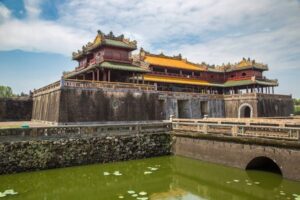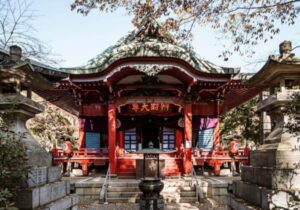The Travel Blog
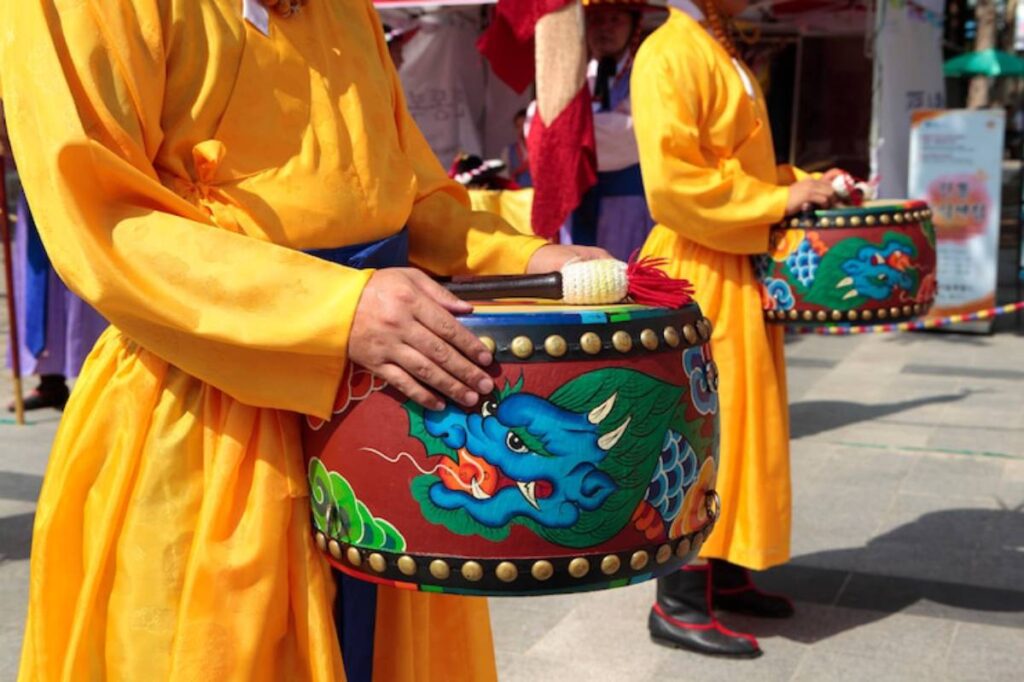
Bhutan’s Haa Valley: Untouched Traditions and Festivals
Where Silence Speaks Volumes
Ever stumbled upon a place so untouched it feels like stepping into another time? Haa Valley, Bhutan, is exactly that kind of place. Tucked between majestic Himalayan ranges and often overshadowed by Bhutan’s more touristy counterparts, Haa remains a serene, hidden valley where traditions are alive and unspoiled.
This valley whispers rather than shouts. Its appeal lies in the quiet strength of culture, the gentle pace of village life, and the spiritual energy that pulses through its monasteries and meadows. You won’t find neon signs or luxury chains here. Instead, you’ll discover butter-lamp-lit festivals, yak herders in handwoven ghos, and unfiltered Himalayan hospitality.
This guide reveals what makes Haa Valley one of Asia’s most authentic cultural escapes — from deep-rooted spiritual practices to timeless festivals and responsible travel tips. If you’re ready to slow down and truly feel a place, Haa is waiting.
What Makes Haa Valley Special?
A Rarely Travelled Path
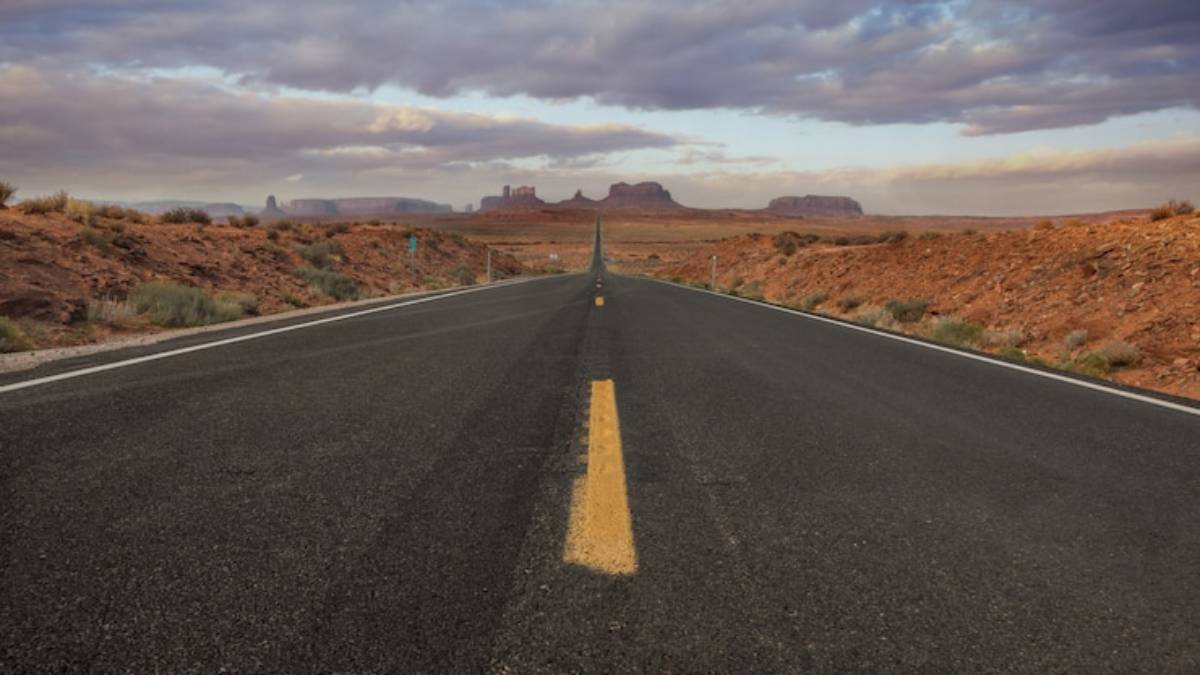
Haa Valley only opened to tourists in 2002. Its isolation has preserved not just the environment, but the soul of its traditions.
Geographical Allure
- Located in western Bhutan, bordering Tibet
- Surrounded by forested mountains and high alpine meadows
- Cradled between Paro and Chhukha Districts
The valley’s pristine beauty makes it an ideal destination for hikers, spiritual seekers, and culture lovers.
Festivals That Define the Valley
Haa Summer Festival
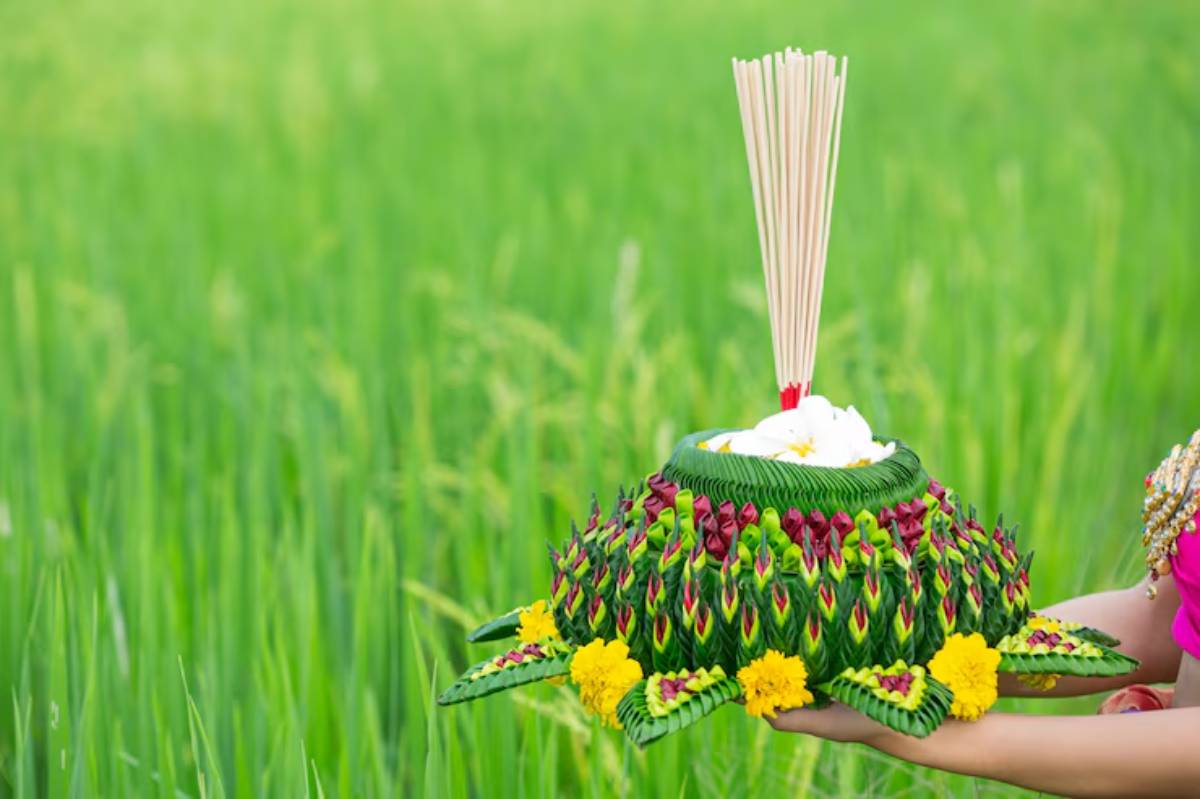
Perhaps the best time to visit Haa is during the Haa Summer Festival, usually held in July.
What you’ll experience:
- Colourful masked dances (Cham)
- Traditional sports like archery and yak riding
- Handmade textiles and fermented cheese tastings
- Deep spiritual energy infused in every event
It’s a celebration of Bhutanese nomadic life, not crafted for tourists, but proudly shared with them.
Lomba Festival
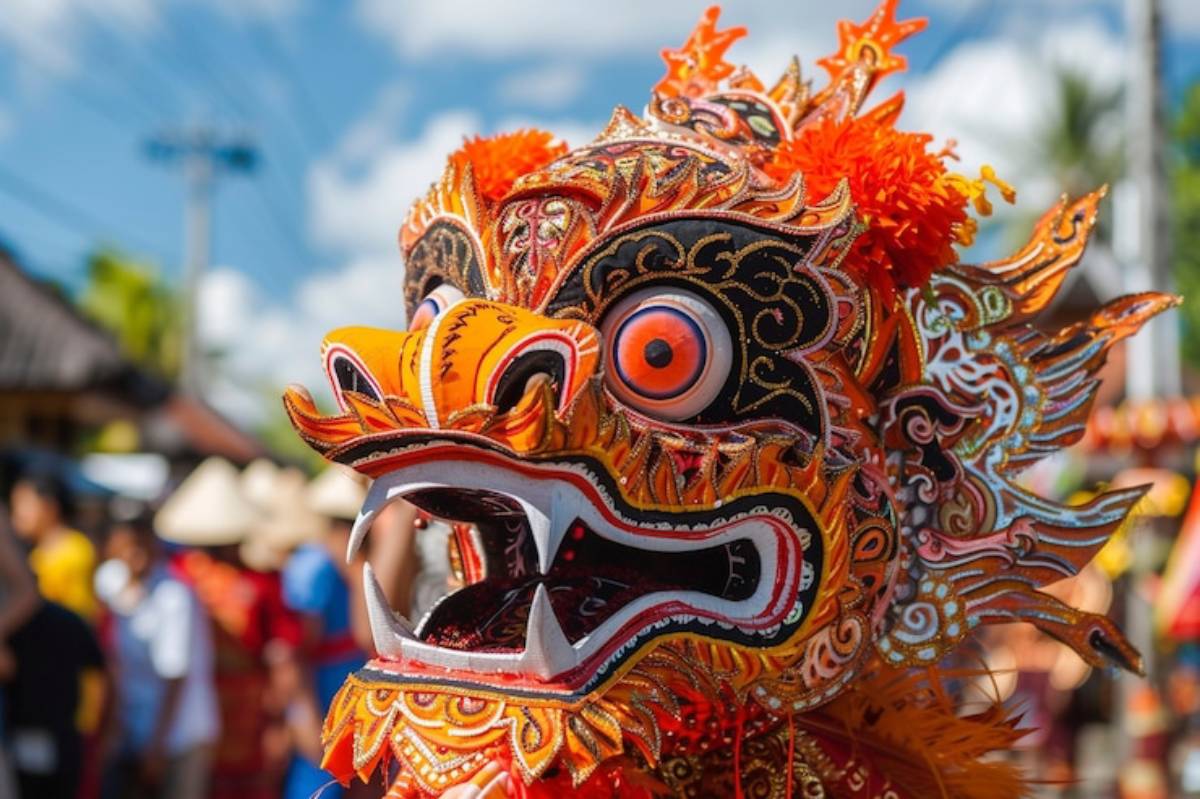
Celebrated in winter, Lomba marks both the end of harvest and the Bhutanese New Year in the Haa region.
Highlights:
- Preparation of traditional dumplings called “Hoentay”
- Community feasts and prayers for prosperity
- Offering ceremonies to local deities
Festivals in Haa are raw, reverent, and deeply communal. You’re not just an observer — you’re warmly included.
Pair this cultural experience with Tawang, India: Monasteries Amidst the Himalayas for an extended Himalayan pilgrimage.
Monasteries and Sacred Spaces
The spiritual energy of Haa is palpable, carried through every fluttering prayer flag and whispered chant.
Lhakhang Karpo and Lhakhang Nagpo
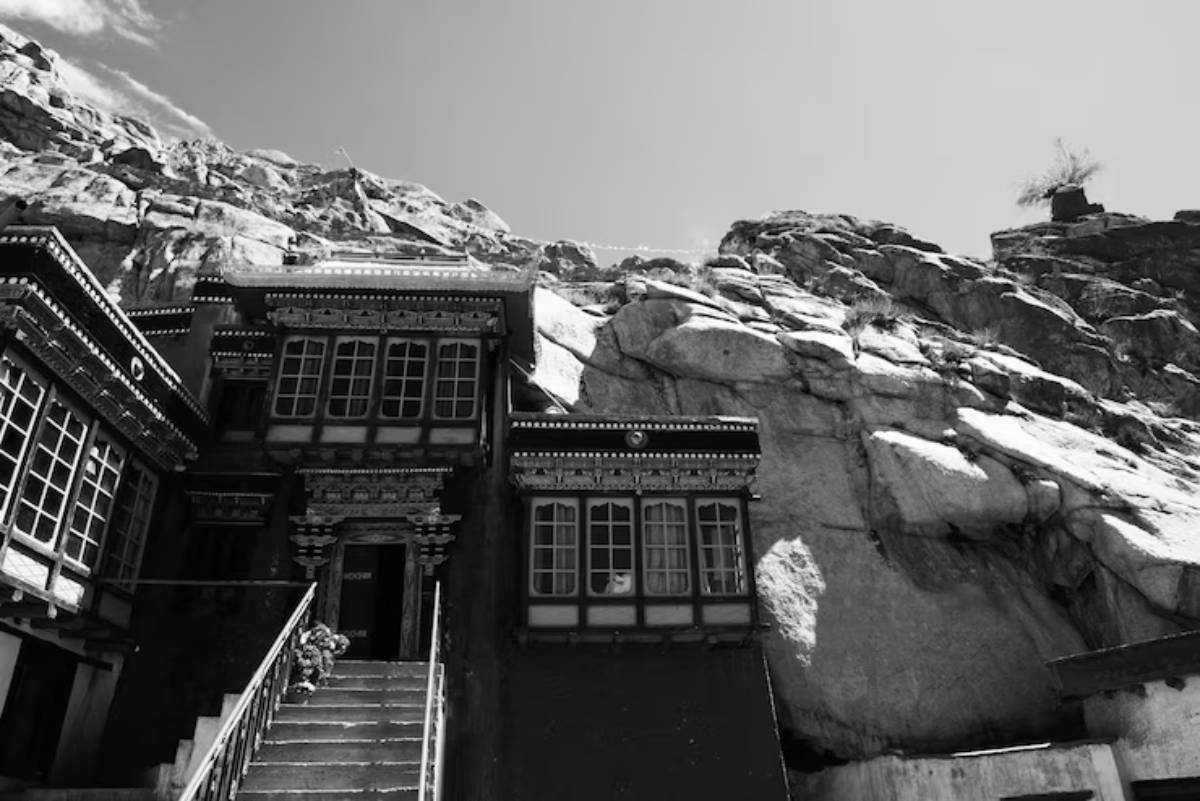
These “White” and “Black” temples are said to have been built by the Tibetan King Songtsen Gampo in the 7th century.
- Lhakhang Karpo (White Temple) : Represents the guardian deity of the valley
- Lhakhang Nagpo (Black Temple) : Built atop a natural spring, said to possess healing powers
Both are still active places of worship. Visitors can quietly sit through prayer sessions and light butter lamps.
Shek Drak Hermitage
Clinging to a cliffside, this lesser-known hermitage is ideal for those seeking solitude. It’s about the journey as much as the destination.
Hack : Wear layers and carry snacks — many sacred sites involve scenic but steep hikes.
Meet the Locals: The Nublang Cattle Herders
One of the most unique features of Haa is its semi-nomadic herders and their famed Nublang cattle — a native breed.
Daily Life:
- Herders migrate with their cattle through alpine meadows
- Handcrafts like yak wool weaving and butter churning
- Deep respect for the environment and spiritual beliefs
Homestay experiences allow you to:
- Milk a Nublang cow at dawn
- Learn how to make Hoentay or dried yak cheese
- Join in fireside stories beneath starlit skies
Responsible Travel in Haa Valley
Because of its fragility, Haa demands mindful travel.
Do:
- Dress modestly, especially at religious sites
- Participate respectfully in local customs
- Buy crafts directly from artisans
- Use reusable bottles and containers
Don’t:
- Don’t disturb wildlife or stray off marked paths
- Don’t photograph rituals without permission
- Don’t bring drones — many sacred sites prohibit them
Bhutan has a “High Value, Low Impact” tourism policy. Haa exemplifies this ethos beautifully.
Inspired by slow, meaningful travel? Explore Koyasan, Japan: Temple Stays and Monastic Life.
Best Time to Visit Haa Valley
- Summer (June to August) : Warmest season, ideal for the Haa Summer Festival
- Autumn (September to November) : Crisp skies and golden light
- Winter (December to February) : Lomba celebrations and snow-covered serenity
- Spring (March to May) : Blooming wildflowers and pleasant hikes
Haa is lovely year-round, but plan your visit around festival dates for the richest cultural immersion.
Getting There
Accessing the Hidden Valley:
- By Road : 3-hour scenic drive from Paro (crosses Chele La Pass at 3,988m)
- Chele La Pass : Highest motorable pass in Bhutan, with jaw-dropping views and fluttering prayer flags
Make sure to:
- Carry motion sickness tablets if prone to winding roads
- Stop for photos — the journey is stunning
Where to Stay in Haa Valley
Accommodation here is personal and homely. Think warm blankets, wood-fired meals, and smiling hosts.
Recommended Homestays & Guesthouses:
- Risum Resort : Family-run with authentic Bhutanese food
- Lechuna Heritage Lodge : Converted noble home with rustic charm
- Local Homestays : Coordinated through the Haa Tourism Office
Book early during festivals. Many places offer limited but heartfelt service.
A Moment That Stays With You
“I watched an elder woman weave intricate patterns into a yak wool shawl while her grandson recited mantras nearby. No screens. No distractions. Just threads of tradition passed silently through generations.”
Haa Valley isn’t just about what you see — it’s what you carry home in your heart.
Conclusion: Haa Valley Is Bhutan at Its Purest
Haa Valley, Bhutan, is a rare pocket of preserved tradition in a fast-changing world. Here, the past isn’t a museum — it’s a living, breathing part of the present.
From cultural festivals to spiritual walks and moments of stillness by yak trails, every experience here invites reflection. If you seek the kind of travel that transforms more than it entertains, Haa is your answer.
Ready to trade pace for peace?
Drop your thoughts below or tag someone who needs a digital detox in the Himalayas. Let’s keep sharing the stories of the world’s quiet corners.



